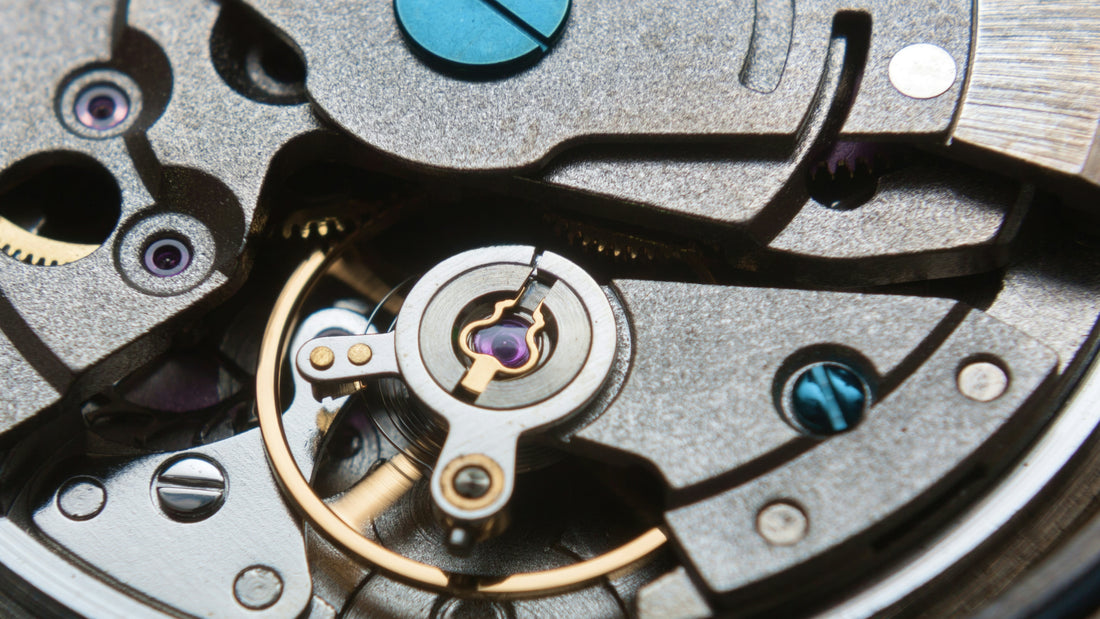
How a Mechanical Watch Works: Unraveling the Fascinating Inner Workings
Share
In today's fast-paced world dominated by digital technology, the appeal of a mechanical watch remains stronger than ever. These marvels of micro-engineering not only tell the time but also narrate an alluring tale of human ingenuity and craftsmanship. Whether you're drawn to a classic dress watch or fascinated by the intricacies of a mechanical watch, understanding how these timepieces work can deepen your appreciation for them.
The Heartbeat of a Mechanical Watch
At its core, a mechanical watch operates without the need for batteries, relying instead on a winding mechanism. This mechanism includes a mainspring, a tiny spring that stores energy when wound. As the spring unwinds, it releases energy transmitted through a series of gears known as the gear train, which then powers the hands of the watch.
Automatic vs. Manual Winding
There are two primary types of mechanical watches: manual and automatic. A manual winding watch requires the wearer to rotate the crown periodically to wind the mainspring. Conversely, an automatic watch, also known as a self-winding watch, charges itself by using the natural motion of the wearer's wrist. This is made possible by a rotor, which spins and winds the mainspring as the wearer moves.
Mechanical vs. Quartz: A Battle of Precision
While mechanical watches are celebrated for their craftsmanship and aesthetic appeal, quartz watches are renowned for their accuracy. Quartz watches, which began to gain popularity in the 1970s, function with the help of a quartz crystal and a battery. The oscillations of the quartz crystal regulate the timekeeping, making quartz watches less susceptible to the variances that can affect mechanical watches.
Dress Watches and the Art of Homage
The world of wristwatches is as diverse as it is intriguing, with timepieces to fit every style and occasion. A quintessential dress watch is often minimalistic, exuding elegance and sophistication. When seeking value for money, many watchmakers design pieces inspired by or as a homage to iconic watch styles. For instance, Bauhaus-inspired watches like those of Max Bill offer a minimalist aesthetic that pays tribute to classic art and design philosophies.
Conclusion
Understanding the inner workings of a mechanical watch allows us to appreciate the artistry and precision that goes into crafting these remarkable timepieces. Whether you're drawn to the effortless style of a dress watch, the intricate mechanics of an automatic watch, or prefer the precision of a quartz watch, each represents an enduring testament to human achievement.
For more insights and to explore a wide array of watches, visit The Watch Cove. Dive into the world of horology, where tradition meets innovation, and every tick of the watch tells a story.